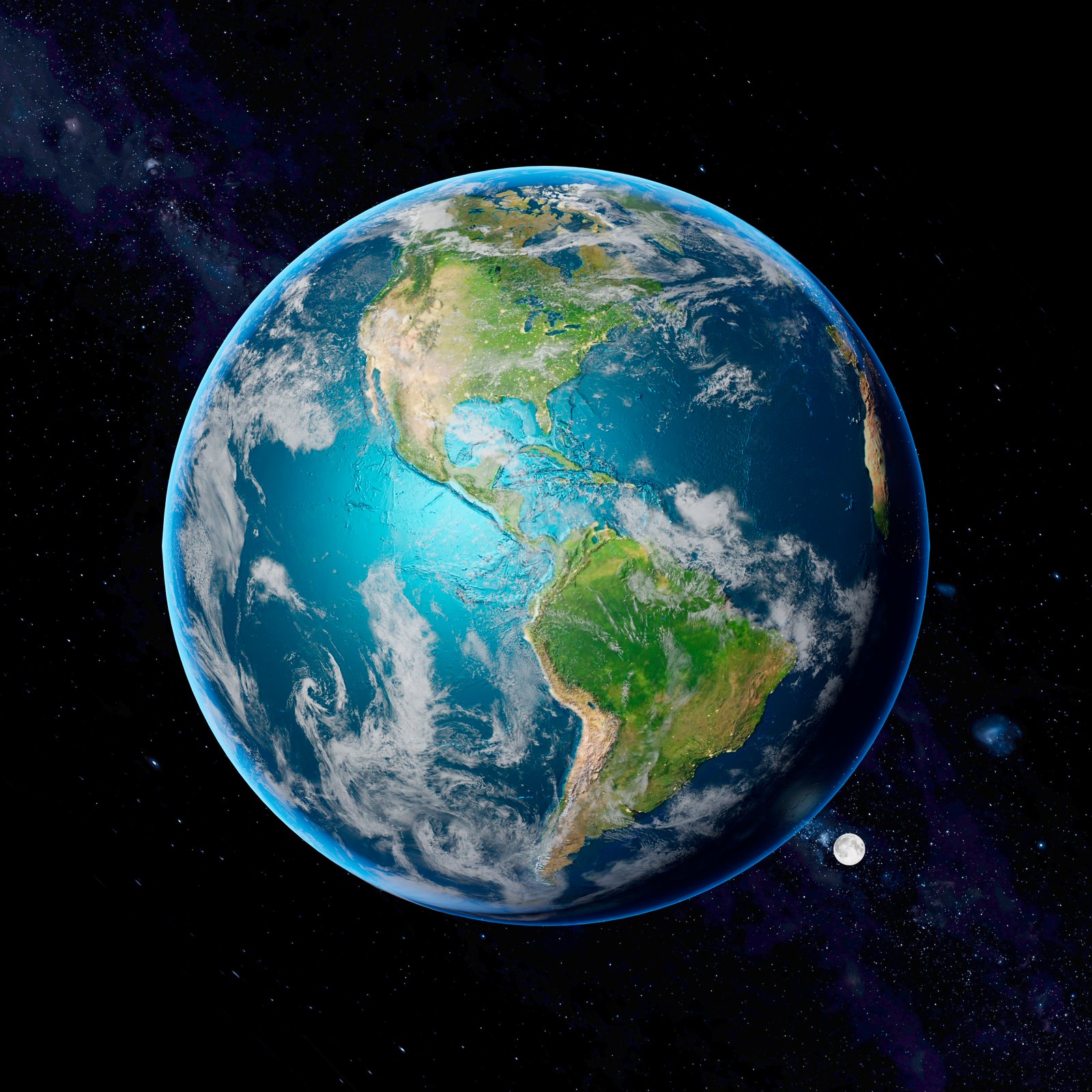Publié le : 08/08/2025 03:51

Russia holds the title of the largest country in the world, covering more than 11% of Earth's landmass. It spans two continents—Europe and Asia—and 11 time zones. Rich in natural resources such as oil, gas, timber, and minerals, Russia’s landscape includes tundra, forests, mountains, and lakes. Key regions include Siberia, the Ural Mountains, and the vast Arctic coastline.
Canada is the second-largest country globally and the largest in the Western Hemisphere. Known for its lakes (over two million), forests, and tundra, Canada is rich in natural beauty and biodiversity. It stretches from the Atlantic Ocean in the east to the Pacific Ocean in the west and up into the Arctic. Its sparse population is concentrated along the southern border with the United States.
The United States ranks third by land area and is one of the most influential nations economically and culturally. From the deserts of Arizona to the mountains of Colorado and the coasts of California, the US is a geographical mosaic. Its territories extend beyond the continental states to include Alaska, Hawaii, and several overseas territories.
China is the most populous country and the fourth-largest by area. It boasts a diverse geography, including mountains like the Himalayas, deserts like the Gobi, and fertile river valleys. The Yangtze and Yellow Rivers are crucial to its agricultural productivity. China's vastness contributes to its role as a global economic powerhouse.
Brazil is the largest country in South America and the fifth-largest globally. It is home to the Amazon Rainforest, the world’s largest tropical forest. Brazil’s landscape features rivers, wetlands, savannas, and highlands. The Amazon River and Pantanal wetlands are globally significant for biodiversity.
Australia is both a country and a continent. Known for its arid interior (the Outback), coastal cities, and Great Barrier Reef, it is geographically isolated and ecologically unique. Its size contributes to a variety of climates, from tropical in the north to temperate in the south.
India, while seventh in land area, ranks second in population. Its geography includes the Himalayas, the Thar Desert, fertile plains, and coastal regions. The diversity of India’s landscapes mirrors its cultural and linguistic richness. The Ganges River plays a vital role in both ecology and religion.
Argentina is the second-largest country in South America and eighth worldwide. From the Andes mountains to the Pampas grasslands and Patagonia, Argentina’s natural beauty is as varied as its climate. It's a major producer of beef, wine, and soybeans.
A vast landlocked country in Central Asia, Kazakhstan is rich in mineral resources. Its steppe landscapes are dotted with mountains and lakes. The country was part of the Soviet Union and remains strategically important due to its size and natural gas reserves.
Algeria is the largest country in Africa. Much of its territory is covered by the Sahara Desert. Along the Mediterranean coast, Algeria has fertile lands and a more temperate climate. Its oil and gas exports form the backbone of its economy.